Can It Mix LPS vs SPS Corals and Soft Corals in A Reef Tank
Have you ever imagined your aquarium as an alien world full of colors and life? Corals are classified as reef tank breakers and thus the piece of the reef tank adds life to the reef tank and also makes the reef tank natural and attractive.
Selecting the best coral is not an easy task. This blog post details SPS, LPS, and soft corals and how they are differentiated, as their preferred habitats, among other information, includes LPS vs SPS coral vs soft corals. We will also discuss coral types that are commonly used and how to mix corals in a tank. Lastly, we’ll discuss their levels of difficulty.
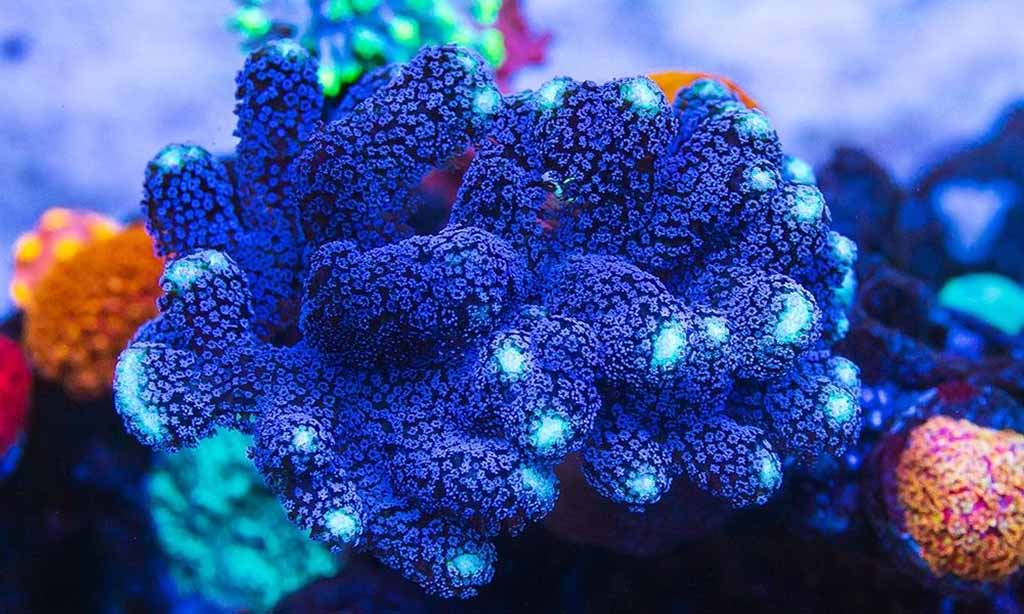
LPS vs SPS coral
SPS coral
SPS are a kind of hard coral which are known for their skeleton which has very intricate and beautiful colors. They are the principal constructors of coral reefs all over the world because they generate the calcium carbonate that enables them to construct their hard coralline. SPS corals, unlike their large polyp stony (LPS) counterparts, have very small polyps that raise only a few millimeters above the substrate during the day to feed and carry out photosynthesis.
Characteristics of SPS corals
- Skeletal Structure: SPS corals are offered in many growth forms: branching, plates, Montipora (encrusting), and Acropora (staghorn). Their colors can be bright green, blue, purple, or yellow or variants of these.
- Water Conditions: The SPS corals are relatively hard to maintain compared with the LPS corals. They need a high-quality tank of higher pH and hard water with strong water flow and intense lighting so calcium, alkalinity, and magnesium to sustain their calcium carbonate skeletons.
- Light: SPS corals require high lighting amounts and these typically come from MH or LED lamps. The levels of light needed have been found to differ based on the type of corals.
- Water Flow: SPS corals also require a high flow rate of water to circulate the water and supply the polyps with oxygen and nutrients as well as eliminate the waste products. The powerhead can be employed to pump the required water in a reef tank.
Most Popular Types of SPS corals:
- Acropora: Acropora corals are one of the most common types of SPS corals, and they come in a wide variety of shapes and colors. They are branching corals that are fast-growing and can be propagated in captivity.
- Montipora: Montipora corals are another popular type of SPS coral. They are encrusting corals that can grow over rocks and other hard surfaces. Montipora corals come in a variety of colors, including green, red, and purple.
- Seriatopora: Seriatopora corals are branching corals that are known for their fine polyps. They are typically yellow, green, or brown.
- Pocillopora: Pocillopora corals are branching corals that are similar in appearance to Acropora corals. However, pocillopora corals have larger polyps and are generally considered to be easier to care for.
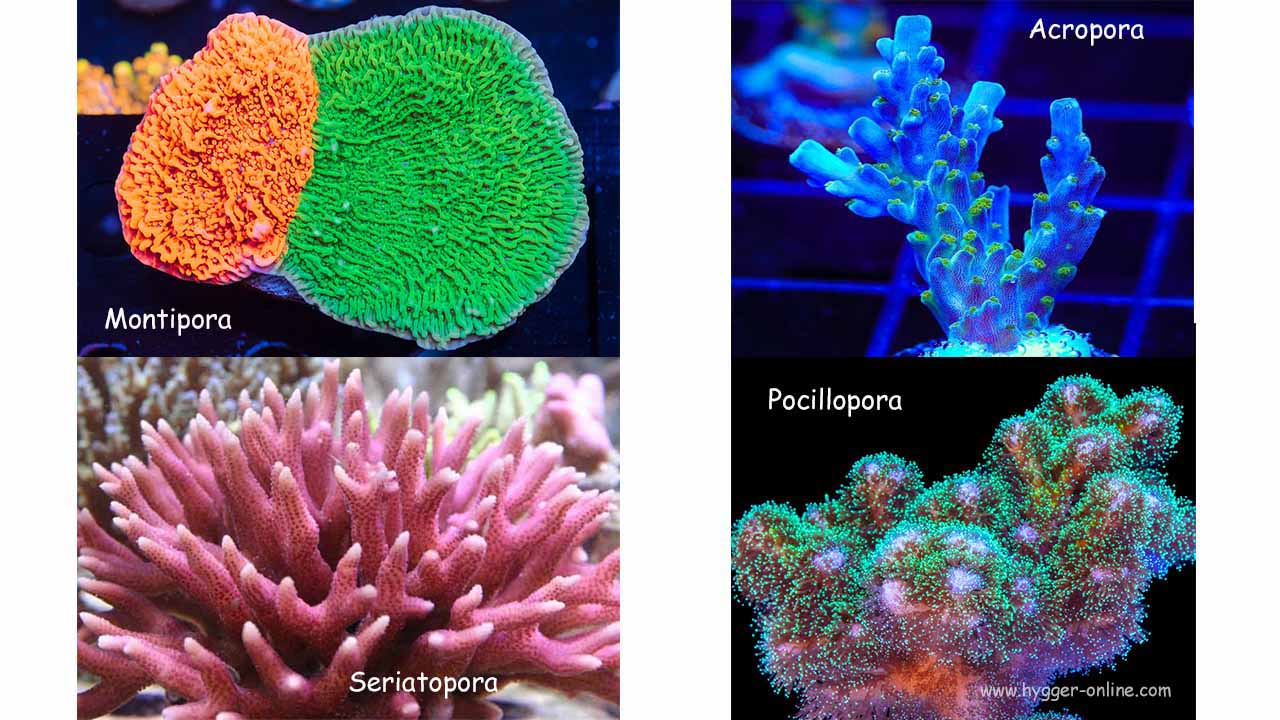
The most popular types of SPS corals
LPS coral
Large Polyp Stony (LPS) corals are also known as fleshy corals and are one of the major groups of reef-building stony corals with large polyps. These polyps are the uncoiled parts of the coral animal and are expended during the day for feeding photosynthesis. LPS coral vs SPS coral, smaller-polyped SPS coral that has thinner skeletons are easier to maintain in home aquariums compared to their counterparts.
Characteristics
1. Large Polyps
A key characteristic of LPS corals is that the polyps found in their colony are quite large from a few millimeters to several centimeters in diameter. These polyps may occur in any of these shapes and colors making both the shape and color of LPS corals appealing in a reef tank.
2. Skeletal Structure
LPS corals also have an exoskeleton (also known as calcium carbonate) that they use to create the structure of their base. The architecture and morphology of LPS coral skeletons usually differ according to the species and may include brain corals, hammers, torches, frogspawns, and LPS corals and bubbles.
3. Feeding
LPS corals are opportunistic feeders. They absorb nutrients through photosynthesis from algae that inhabit their tissues, and many species also feed on small animals within the water using their stinging tentacles.
Tank Living Environment:
- Water Conditions: The water quality and environment of LPS corals may be moderately higher. They require somewhat less light and flow than SPS corals but this can differ between certain species.
- Lighting: LPS corals prefer moderate light intensity and can be grown with T5 or LED fixtures. The optimal light intensity will vary based on the species of LPS coral.
- Water Flow: LPS corals require moderate water flow to ensure a steady removal of waste products and delivery of oxygen and nutrients to the polyps. However, they do not require the extremely strong flow strength that some SPS corals need.
Most Popular Types of LPS Corals
- Frogspawn Coral (Euphyllia): Frogspawn corals are popular LPS corals known for their large, fleshy polyps that resemble frogspawn. They come in a variety of colors, including green, red, and orange.
- Hammer Coral (Scolymia): Hammer corals are another popular LPS coral with large, hammer-shaped polyps. They are typically found in shades of green, yellow, and brown.
- Torch Coral (Euphyllia Glabrescens): Torch corals are similar to frogspawn corals but have longer, thinner polyps that resemble torches. They come in a variety of colors, including green, pink, and purple.
- Bubble Coral (Plerogyra): Bubble corals are LPS corals with large, bulbous polyps that inflate with water. They are typically green or brown.
- Trachyphyllia: Trachyphyllia corals are LPS corals with large, fleshy polyps that come in a variety of colors, including green, red, and purple. They are known for their slow growth rate.

Most popular types of LPS corals
Soft Corals
Soft corals are weaker reef builders compared to their hard corals relatives. They are not equipped with the hard armor of the stone corals. Unlike hard corals, soft corals’ structural rigidness is provided by a protein-based internal skeleton, and their support comes from microscopically thin spicules composed of calcium carbonate. This ensures that they have soft leathery skin and can move smoothly through the currents.
Characteristics of Soft Corals
- Soft corals can exist in various shapes and sizes including; fan-like fronds, hand-like digits, or flabby blades.
- They are characterized by their bright coloration from the pigments that make up the coral and the symbiotic algae zooxanthellae that live in the coral’s tissues.
- Soft corals are also probably colonies of numerous individuals united into a single organism.
Tank Living Environment
They have higher levels of tolerance in terms of water parameters and flow needs. But do not forget that they also require good condition of water to sustain. This has to do with maintaining constant salinity, temperature, alkalinity, and pH. The other factor is the frequency of water changes because it helps in the removal of waste products as well as the replenishment of such factors.
The lighting needs for soft corals are generally not too high. They should have some of the lighting with low and moderate intensities but this should not be as intense as the one needed by some SPS corals.
They do not require strong currents like most LPS corals require but they do require current so the polyps can flush the cells in and out of the water. You can maintain water flow in a reef tank by simply using powerheads.
Popular Types of Soft Coral
- Xenia Coral: Xenia corals are popular soft corals known for their pulsating polyps. They come in a variety of colors, including green, blue, and purple.
- Leather Coral (Sarcophyton): Leather corals are lobed soft corals with a wrinkled or leathery texture. They come in a variety of colors, including green, brown, and red.
- Mushrooms Coral (Discosoma): Mushroom corals are soft corals with large, fleshy polyps that resemble mushrooms. They come in a variety of colors, including green, red, and purple.
- Zoanthids (Zoanthidae): Zoanthids are colonial soft corals that come in a wide variety of colors and patterns. They are often mistaken for polyps of a single coral but are individual animals.
- Sea Mat (Palythoa): Sea mats are similar to zoanthids but tend to be flatter and encrusting. They also come in a wide variety of colors and patterns.
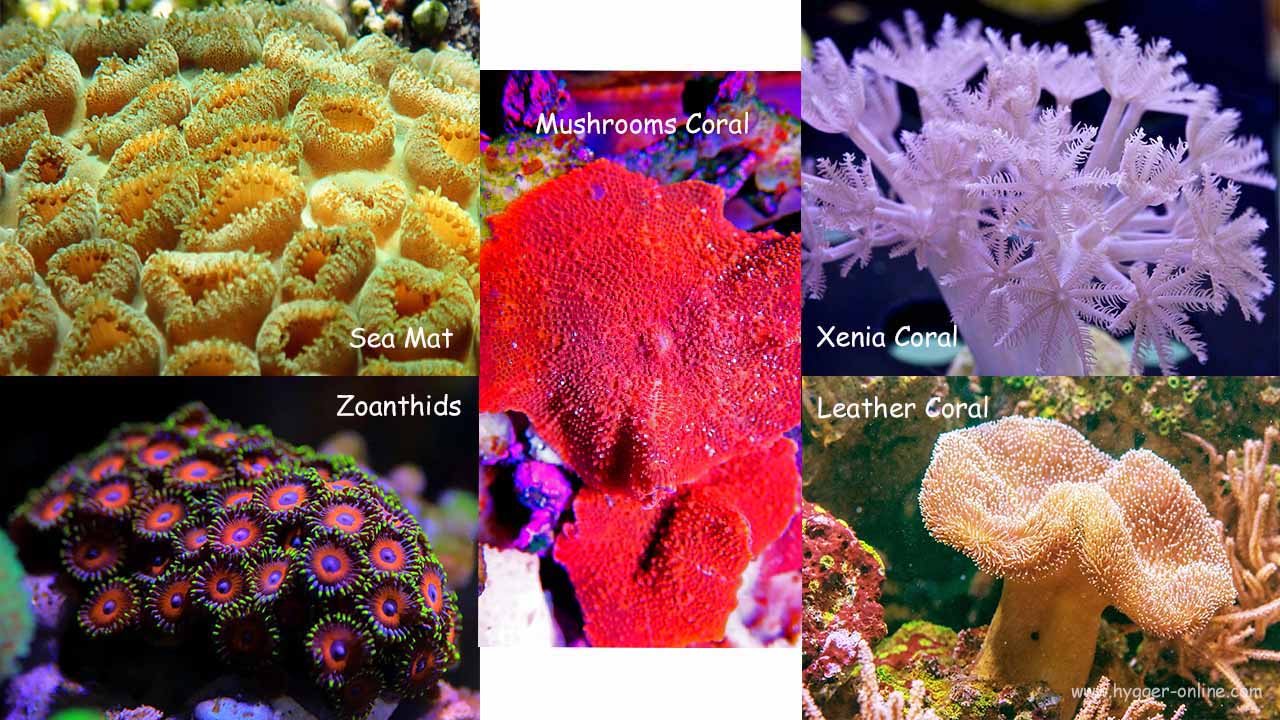
Popular types of soft coral
LPS vs SPS Coral vs Soft Coral
Here’s a table comparing LPS, SPS, and Soft Corals:
| Feature | LPS Corals (Large Polyp Stony) | SPS Corals (Small Polyp Stony) | Soft Corals |
| Polyp Size | Large, fleshy polyps | Small, delicate polyps | Soft, flexible polyps |
| Bone Texture | Hard, calcareous skeleton | Hard, calcareous skeleton | No hard skeleton, flexible structure |
| Range | Found in various depths, often in intermediate zones | Typically found in shallow, high-light environments | Found in various depths, often in lower light areas |
| Habitat | Reefs with moderate water flow and light | Shallow reefs with high water flow and intense light | Various reef zones, often shaded or with moderate flow |
| Living Requirements | Moderate care, stable water parameters | High care, very stable water parameters | Generally easier care, tolerant of variable conditions |
| Lighting | Moderate to high-lighting | Very high lighting | Low to moderate lighting |
| Calcium (Ca) | 400-450 ppm | 420-450 ppm | 380-450 ppm |
| Nitrate (NO3) | 1-10 ppm | 0-5 ppm | 5-20 ppm |
| Phosphate (PO4) | <0.03 ppm | <0.03 ppm | 0.03-0.10 ppm |
| Alkalinity (KH) | 8-12 dKH | 8-12 dKH | 8-12 dKH |
| Magnesium (Mg) | 1250-1350 ppm | 1250-1350 ppm | 1200-1350 ppm |
What Should Pay Attention to When Xixing LPS, SPS, and Soft Corals in A Tank?
Here are the key points to pay attention to:
- Lighting: Do a balancing– SPS demands bright lights, LPS, and soft corals require a medium. Change LED lighting or T5 and operate intensity and placement.
- Water Flow: Set zones – SPS requires vigorous, erratic movements. LPS’s gentle water flow and softies don’t like strong, direct flow. Use DC wavemaker pump
- Water Parameters: Provide high-quality water – Keep salinity, temperature, pH, and alkalinity constant. The water should be changed at least once a week along with the addition of malachite green.
- Allelopathy: Look for chemical warfare – Some softies might produce a poison that affects SPS. Compatibility tests should be done first before rearranging their corals.
- Placement: Strategic positioning – Place SPS in areas with high light/flow. LPS and softies should be placed in low light/flow environments.
The Difficulty of Keeping Corals
- Soft Corals: Generally easiest, tolerate wider water parameter ranges and flow requirements.
- LPS Corals: Moderately difficult, need stable water parameters but less demanding on light and flow than SPS.
- SPS Corals: Most difficult, require very stable water parameters, strong light, high flow, and calcium/alkalinity supplements.
Key Takeaways
- LPS, SPS, and soft corals are the three main types of corals for reef tanks.
- They have different requirements for light, water flow, and water parameters.
- SPS corals are the most difficult to keep, while soft corals are the easiest.
- When mixing these corals in a tank, it is important to consider their different needs and place them strategically.

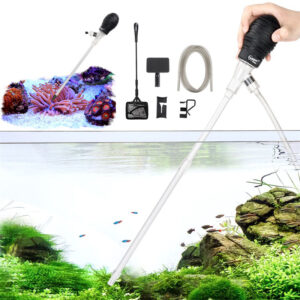
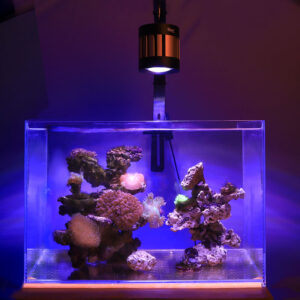
Leave a comment